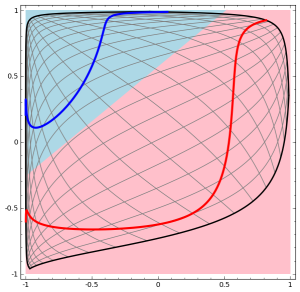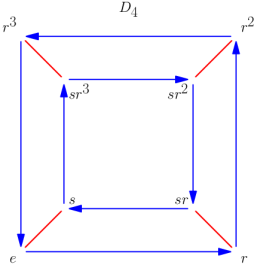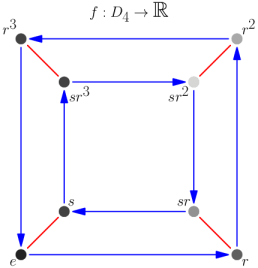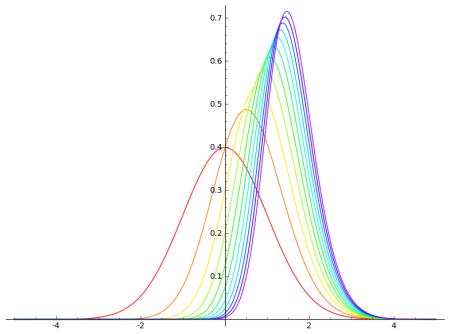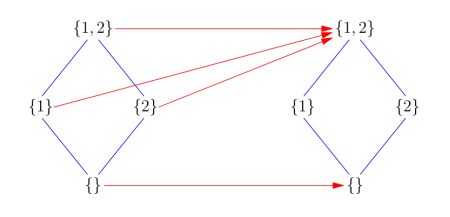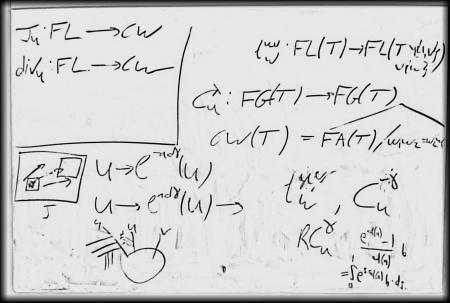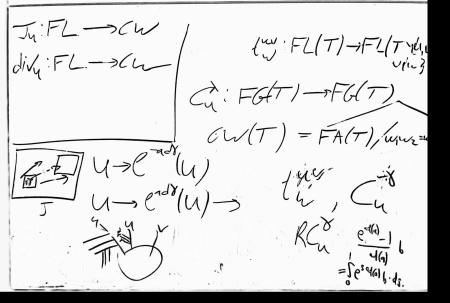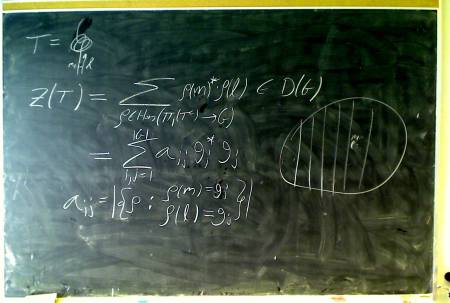For the last few months, every time someone hears that I work with 3D printers they bring up 3D printed guns. I can’t say how many times it has happened in this month alone. And I’m getting really really tired of it.
“They’re the killer app of 3D printers.” What a great pun. You don’t know how funny you are. “They’re the most important thing that will come out of 3D printing.” Everyone who is trying to do amazing things with 3D printers is thrilled to hear you say that.
The only thing that really matters about 3D printed guns is the hype.
You can make a gun with a lathe. You can make a gun with hand tools. And if you did that the gun might actually work.
To the extent guns are “censored” it only takes a tiny bit of effort to get around as it is. (And even if you don’t think the government should control who has guns, there being some barrier to entry for guns is likely still a good idea.)
Some day it will be easy to make guns with 3D printers. And they’ll be completely over shadowed by the massive explosion of innovation 3D printing will cause, as mechanical engineering becomes more like programming and custom objects from parametrized designs become common place. The impact isn’t a single shining glamorous 3D printed object.
But for now all that 3D printed guns and the media hype around them are causing is a bunch of ignoramuses clamouring for the regulation of 3D printers.
And, yes, they’ll fail. Regulating 3D printers is no more practical than, say, copyright.
But you know what? We still have stupid copyright laws that ruin random people’s lives and complicate everyone else’s.
And you know what else? The last time I crossed the US border with a 3D printer I was searched and interrogated for an hour because they were worried I’d print things, sell them, and disrupt the US economy. I’m just not going to find out what would happen if I did this now.
And you know what else? The last time the police decided to put intense scrutiny on my community, it really sucked.
People have the right to 3D print whatever they want. But 3D printing guns is a strategically bad idea that doesn’t really have much impact otherwise. And the hype over 3D printed guns is toxic.

